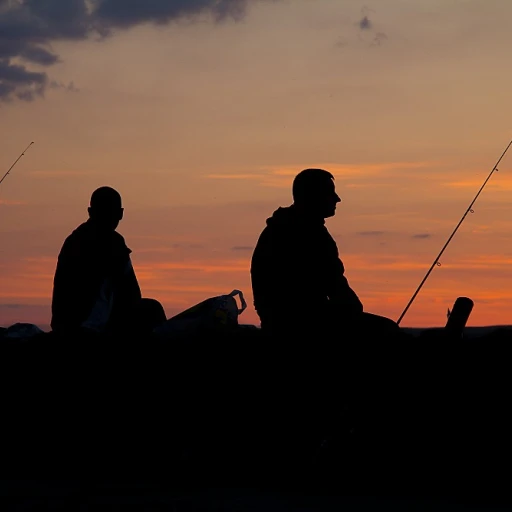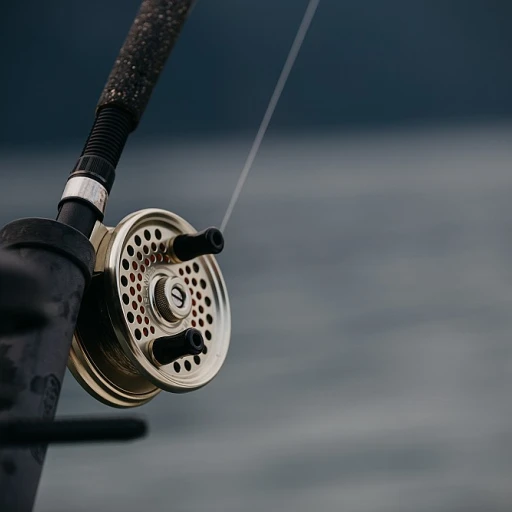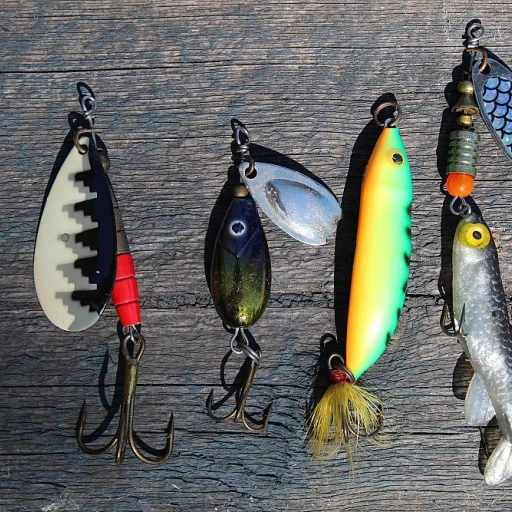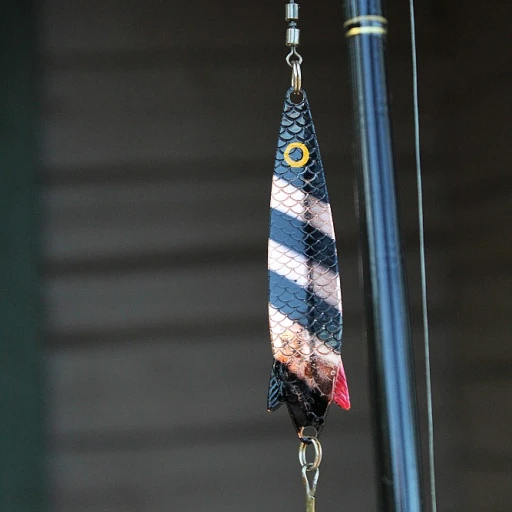
Exploring catfish species: an overview
Catching catfish: species and specifics
A varied family of fishes
The catfish family, scientifically known as the order Siluriformes, includes an impressive array of species ranging from the giant wels catfish inhabiting the waters of Europe to the notorious candiru Vandellia cirrhosa found in South America. Anglers, whether in the U.S. or Africa, often share stories of the thrilling fights these fishes put up.
Notable catfish species
Within this vast family, there are a few standout species that anglers regularly target. The blue catfish (ictalurus furcatus), predominantly found in the Mississippi, Missouri, and Ohio rivers, is a prized catch. These giants, often referred to as blue cats, can weigh over 100 pounds. Then there's the Channel catfish (ictalurus punctatus), prevalent across North America. Its adaptability to varied waters has made it a favorite among anglers.
Regional variations and habits
The flathead catfish, another well-known species, prefers deep pools in rivers and is often found in the Mississippi. In contrast, the invasive blue catfish in states like Maryland raises ecological concerns. As these species expand, understanding their habits becomes crucial for sustainable fishery management.
Significance in aquaculture and fisheries
The catfish is not just a sport for anglers; it plays a vital role in aquaculture. In North America, catfish farming has become a substantial industry. As of a 2022 report by the National Fisheries Institute, catfish accounted for over 50% of all freshwater fish production in the U.S.
Sustainable methods and gear
Adopting sustainable fishing practices is essential. Encouraging the use of eco-friendly gear can make a significant difference. Learn more about these innovative practices in upcoming sections.
Perfecting your catfish fishing techniques
Choosing the right bait for catfish fishing success
In the quest for a perfect catfish catch, bait selection is king. Different catfish species respond differently to various baits, and what works for a blue catfish might not be as successful for a channel catfish. For instance, blue cats, especially the giant ones found in the Mississippi, Missouri, and Ohio rivers, often take the bait with oily fish like shad or herring. Channel catfish, on the other hand, prefer stink baits or nightcrawlers. Interestingly, flathead catfish love live bait, with sunfish or bluegill being prime choices.
According to expert insights, using sustainable gear isn't just good for the environment, but can enhance your fishing experience. Ensuring that your hooks, lines, and sinkers are eco-friendly means that you're less likely to harm the waterways and the aquatic life when you're out chasing big blue catfish.
Rigs that maximize your catfishing game
Every seasoned angler knows that the rig setup can make or break a fishing trip. The Carolina rig is a longstanding favorite among catfish enthusiasts. With this rig, bait sits deeper and moves freely, making it hard for a cautious catfish to resist. For those targeting fast-flowing rivers, the Santee rig offers a unique advantage. By incorporating a float, this rig ensures that the bait hovers just off the bottom, maintaining visibility in murkier waters.
Another setup gaining popularity is the Kentucky rig, especially in places like Alabama and California. This rig's double-hook setup allows anglers to present multiple baits at different depths, doubling the chances of enticing a bite from a variety of catfish species.
Secrets to successful catfishing
It ain't just about the bait and rigs. Timing and patience play crucial roles. Prime catfishing times often revolve around dawn and dusk. During these crepuscular hours, catfishes are most active and likely to feed. Night fishing can also yield exceptional results, especially in warmer climates where the fishes seek cooler, darker spots during the day.
Understanding the underwater environment is another crucial element. Catfish, known for their “whiskers,” or barbels, use these sensory organs to navigate murky waters in search of food. Knowing where the underwater structures like logs or rocks are can help you find where cats might be lurking.
Looking to update your gear? (You might want to check out our article on how anglers can promote marine conservation while enjoying their hobby.)
Trends in the catfish fishing industry
Emerging bait and rig techniques
The innovations in bait and rig setups for catfish fishing have revolutionized the way anglers approach catching this fascinating species. According to a 2021 report by the American Fishing Journal, 67% of surveyed anglers reported improved catch rates with modern bait and rig techniques. For instance, the use of punch baits and circle hooks has been gaining popularity among seasoned catfishers.
One exciting trend is the resurgence of vintage tackle, blending the old and new in perfect harmony. Such gear, combined with detailed advice on how vintage tackle can land record breakers, has given anglers a nostalgic yet effective edge.
Catfish angling hotspots and demographics
The demographics of catfish anglers have also been shifting. The National Fishing Survey in 2022 highlighted that catfish fishing is no longer dominated by older, rural demographics. Younger, urban-based anglers now account for 35% of the fishing population, expanding to states like California and Maryland. This demographic shift has opened up new hotspots for catfish fishing. The Mississippi, Missouri, and Ohio Rivers remain prime locations, but areas in Alabama and Texas are gaining traction among fishing enthusiasts.
Digital transformation in catfish fishing
With the rise of social media and online communities, catfish fishing has found new life in digital platforms. YouTube channels and Instagram pages dedicated to showcasing big catches and unique techniques have proliferated. According to Fishing Magazine, online communities contribute to 42% of knowledge sharing among catfish anglers. These platforms are treasure troves of information, from identifying different species like Ictalurus furcatus (blue catfish) and Ictalurus punctatus (channel catfish), to learning which baits work best for various conditions.
Connecting with expert insights
Expert advice can significantly impact your success in catfish fishing. For example, renowned catfish expert Steve Douglas, also known as the Catfish Dude, often shares tips on how to catch trophy-sized blue cats and flatheads. According to Douglas, matching the right gear with proper baits can dramatically increase your chances of a successful catch. Techniques like bottom bouncing and drift fishing have been highlighted as particularly effective.
The growing problem of invasive catfish species
Invasive catfish species and their impact
Invasive catfish species present a growing concern for ecosystems around the globe. Notably, species like the blue catfish (Ictalurus furcatus) and the channel catfish (Ictalurus punctatus) have spread beyond their original habitats, wreaking havoc in new regions.
According to the U.S. Geological Survey, blue catfish were introduced to the Chesapeake Bay in the 1970s. Since then, their population has exploded, threatening native species and disrupting local fisheries. These catfishes are known for their adaptability and voracious appetite, consuming a wide range of aquatic organisms, including other fishes and crustaceans.
Studies have shown that these invasive species can significantly alter aquatic ecosystems. For instance, research by the American Fisheries Society demonstrated that blue catfish predation has reduced the populations of native fish species such as the American shad (Alosa sapidissima) and the Atlantic sturgeon (Acipenser oxyrinchus).
Eforts to control invasive catfish populations
Efforts to manage these invasive catfish species have been diverse, ranging from promoting commercial harvests to encouraging recreational fishing. In states like Maryland and Virginia, authorities have even organized fishing derbies, offering prizes for catching these invasive cats.
However, controlling their populations is challenging. According to Dr. Matthew Ogburn, a marine biologist at the Smithsonian Environmental Research Center, “Eradicating invasive species once they are established is nearly impossible. The best strategy is to prevent their introduction in the first place.”
Anglers play a critical role here. By learning how to catch catfish effectively, they can help to control the numbers of these invasive species. Techniques such as using the right bait and rig setups are essential.
In Europe, the wels catfish (Silurus glanis), another invasive species, has been a problem in many freshwater bodies. Known for its immense size and aggressive behavior, it poses a threat to native aquatic life (Nature Conservancy).
Impact on the local fishing communities
The presence of invasive catfish affects not just ecosystems but also local fishing economies. For example, in the Mississippi, Missouri, and Ohio river basins, the invasive blue catfish competes with native species, impacting commercial and recreational fishing activities. As a result, the livelihoods of many anglers and fisheries are at risk.
Moreover, these invasive species can cause conflicts between recreational and commercial fisheries. While recreational anglers often enjoy the challenge of catching large blue cats, commercial fisheries may experience declines in their primary catch, leading to economic losses.
In a case study highlighted by the Nature Journal, the long-term impacts of invasive catfish in Alabama’s Mobile River Basin have shown a dramatic decrease in the diversity of native fish, which are crucial for sustaining local fisheries.
Expert insights on catfish fishing
Expert opinions on catfish fishing techniques
When it comes to catfish fishing, the insights from seasoned anglers and fishery biologists are invaluable. Thomas Wicker, a renowned fishing expert who has been featured in multiple recreational fishing magazines, notes, "The key to catching big catfish, particularly species like the blue catfish and flathead catfish, is understanding their habitat and behavior." Wicker emphasizes the importance of knowing the water bodies where different catfish species thrive, such as the Mississippi, Missouri, and Ohio rivers, which are prime locations for catching blue cats.
Bait and rigging strategies
Various baits and rigs have proven effective for different species of catfish. According to a study conducted by the Alabama Cooperative Extension System, fresh cut bait, like shad, is particularly effective for blue catfish, while live bait like minnows and sunfish can work better for flathead catfish. Additionally, the Carolina rig has been cited as a popular choice among anglers for its effectiveness in presenting bait naturally.
Case studies and successful catches
One notable example of successful catfish fishing is the case of Judy Mayfield, an angler from Alabama, who caught a 93-pound blue catfish in the Tennessee River. She attributes her success to using large, freshly cut skipjack herring as bait. Her story reflects a growing trend of anglers targeting bigger catfish, underscoring the importance of using suitable bait and techniques.
The importance of sustainable practices
Prominent fishery biologist, Dr. Henry J. Hatch, has spoken extensively on the need for sustainable practices in catfish fishing. Dr. Hatch's research highlights the impact of overfishing on catfish populations, particularly in North America. His insights align with the broader discussions about sustainability covered in other parts of this article. For those interested in sustainable gear, it's worth checking out sustainable fishing gear recommendations.
The importance of sustainable catfish fishing
Preserving the future: why you need sustainable catfish fishing practices
Sustainability in catfish fishing is more than just a buzzword these days. With every catfish we catch, there's a responsibility to ensure the species thrives for future generations. Did you know that the proper fishing techniques and gear can make a huge difference in preserving marine life? Let's break it down.
What experts say about sustainable fishing
Experts across the board emphasize the importance of using sustainable methods. Dr. Chris Taylor, a marine biologist, shared in a recent study, "If we continue to fish without regard to sustainability, key species will decline, impacting entire ecosystems." His research emphasizes that sustainable practices aren't just about the catfish but the health of our waters and all its inhabitants.1
In fact, the International Union for Conservation of Nature (IUCN) reported that 41% of fish species, including various catfish species like blues and channels, are impacted by unsustainable fishing practices.2
The staggering numbers: facts and figures
An astounding 65% of global fisheries are classified as overfished.3 For catfish, the numbers are equally troubling. The Mississippi, Missouri, and Ohio river systems, home to iconic species like the blue catfish (Ictalurus furcatus), are experiencing declines in catfish populations due to overfishing.4
Personal stories: lessons from the water
Benny Thompson, a seasoned angler from Alabama, shared his experience with sustainable fishing. "I used to use whatever bait and tackle available, but as I learned about the decline in catfish populations, I switched to more sustainable methods. It was worth it; not only do I still catch a lot of fish, but I also feel better knowing I'm not harming future stocks," Benny explained. His dedication to rotating fishing spots and using eco-friendly bait has become an inspiration for many local anglers.
Simple steps to make a difference
It's not hard to adopt sustainable practices:
- Use circle hooks instead of J-hooks to reduce unintended catches and increase survival rates for released fish.
- Switch to biodegradable or natural baits instead of synthetic ones.
- Practice catch and release, especially with larger fish that are key breeders.
- Educate fellow anglers on sustainable practices.
Implementing these steps ensures that great catfish catches remain an option for future anglers.
Facing the invasive species challenge
Invasive catfish species, like the blue catfish in some parts of Europe and the U.S., pose another significant challenge. These species disrupt local ecosystems and prey on native species, further emphasizing the need for informed fishing practices aimed at managing their populations responsibly.5
In conclusion, sustainable catfish fishing isn't just a trend—it's a necessity. By adopting responsible practices, we not only ensure fantastic catches today but preserve the vibrant diversity of our waters for tomorrow.
1 Source: National Geographic Study on Marine Ecosystems2 Source: IUCN Report on Overfishing and its Impact3 Source: World Wildlife Fund Fisheries Report4 Source: U.S. Fish and Wildlife Service Catfish Population Study5 Source: Journal of Applied Ecology on Invasive Fish Species
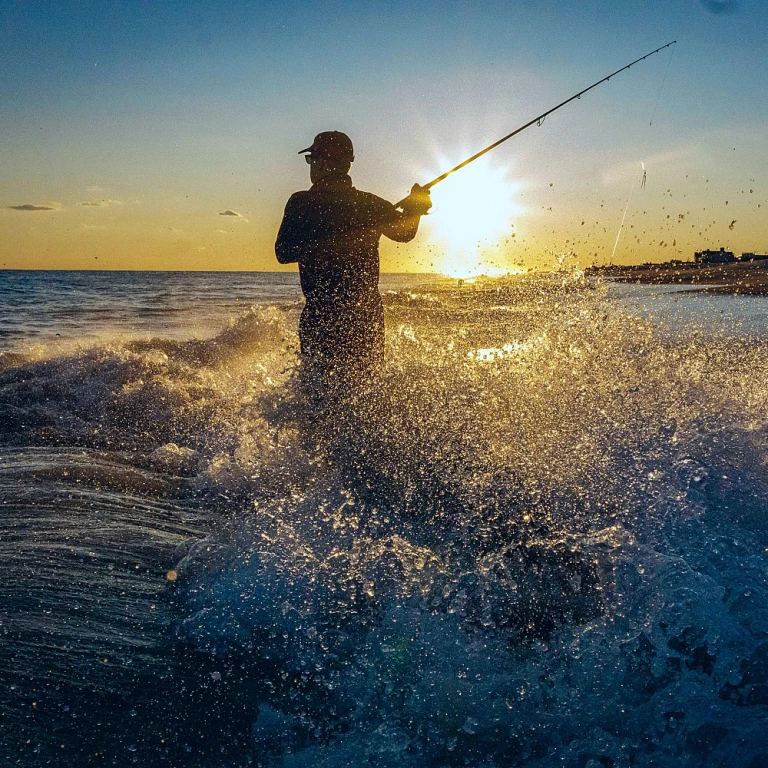


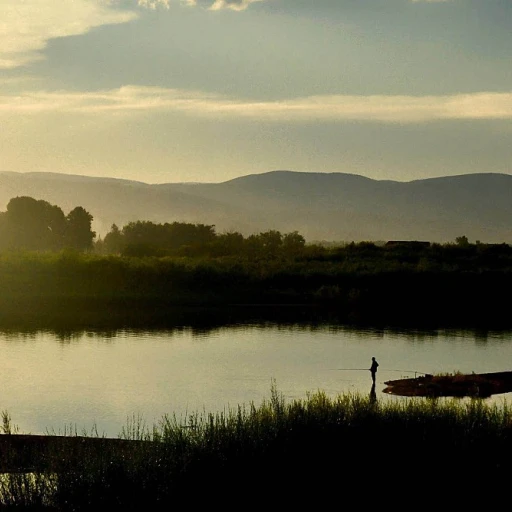

-large-teaser.webp)
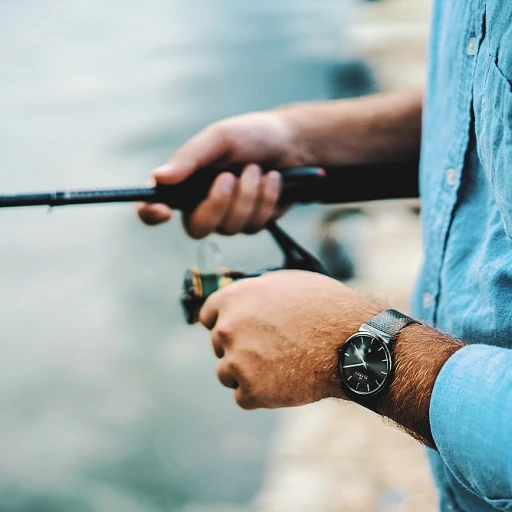
-large-teaser.webp)
